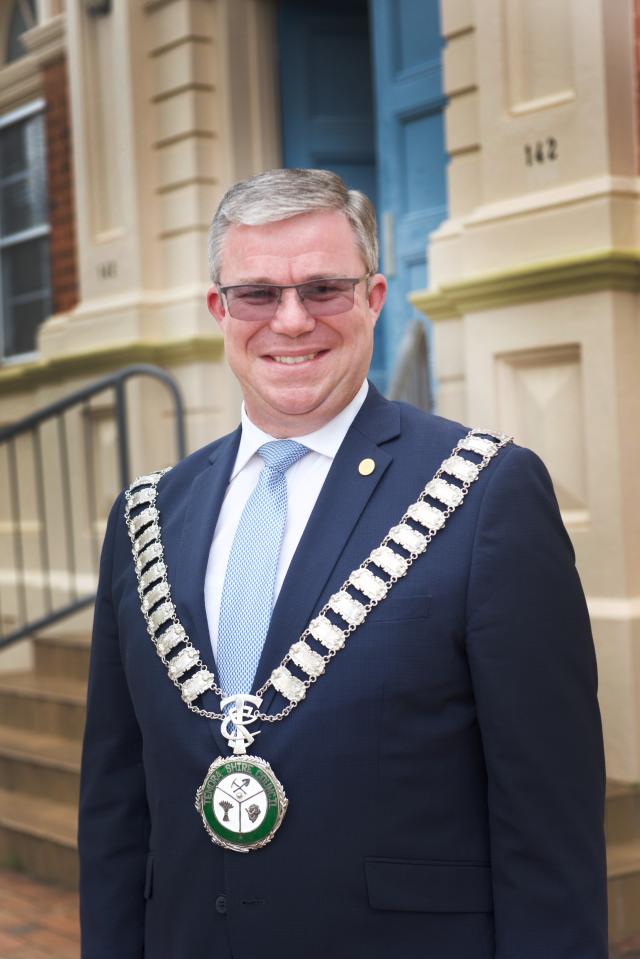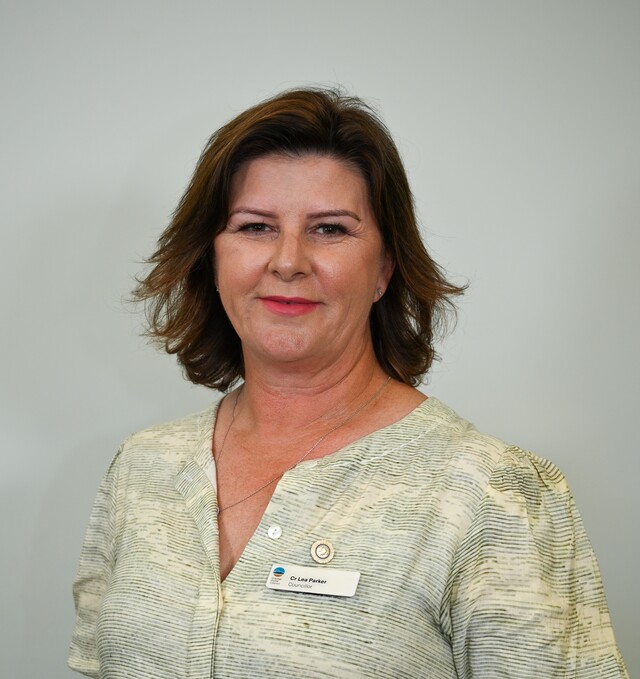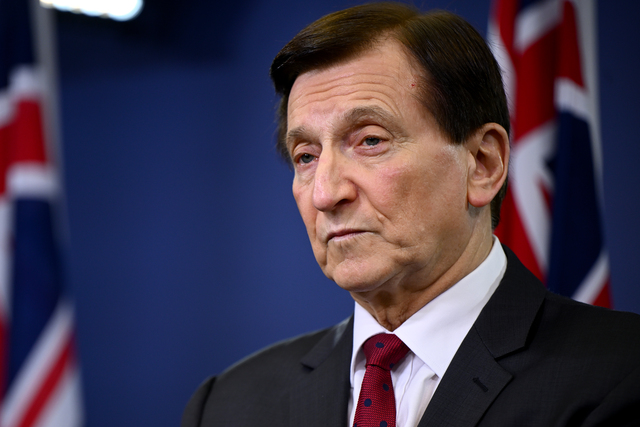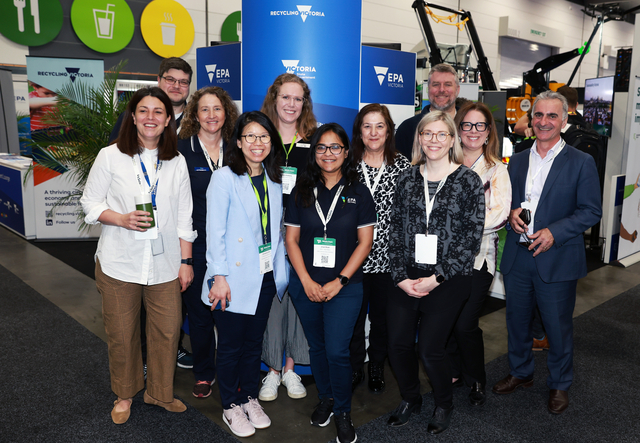The Good Oil by Rod Brown*
The roof insulation saga has morphed into a wider problem for the Rudd Government now that the Building Education Revolution (BER) is coming unstuck. While Education Minister Julia Gillard expresses ‘deep pride’ in the $16 billion BER program, most of us have local examples of real wastage.
The Rudd Government knows it’s seriously exposed in an election year, with talkback hosts, such as Alan Jones and Ray Hadley, baying for blood. What’s been lost in the commentary is the way in which infrastructure delivery has evolved.
The scene was set with the worsening infrastructure backlog under the Howard/Costello Government. The Rudd Government’s early move to increase roads and environment funding was welcomed, but education and health were passed over until recently.
Then the global financial crisis induced a splurge on insulation and school buildings became the centrepiece of a Keynesian effort to stave off a major recession and shore up jobs in the construction sector.
We now have a clear case of overkill that the Rudd Government will not admit to.
However, there are some real lessons from recent developments.
Treasury’s philosophy of
fiscal conservatism and
neutrality has put its credibility on the line. At some point, the Auditor-General will question the process by which the Rudd Government picked its winners. Why weren’t funds fast tracked to cases of clear market failure, such as urban rail systems and the Pacific Highway? Did anyone think to roll more funds out direct to Local Government for local works?
In addition, now that the Government is planning to fund more infrastructure works courtesy of increased taxes on the resources sector, surely it is the time to harangue both sides of politics to take infrastructure planning seriously. Let’s get rid of those silly little programs (see ‘heritage grants’ below) and introduce a national system of infrastructure priorities ticked off across the three spheres of government.
As I suggested in last month’s column, a Department of National Development would administer the system.
A third lesson, or really a reminder, is that no matter how much we try to get rigour into infrastructure spending, governments are always keeping a lookout for a fast political play, instead of a considered economic one. So here’s a little test for councillors and council managers.
The Prime Minister and State Premier arrive at your council offices for a chat. They ask you to nominate three infrastructure projects in your Local Government Area to which, say, $10 million might be sensibly directed, and which would have strong council and community support. P.S. This is not so hypothetical – both Labor and Coalition strategists will be mulling these things in coming months, especially in respect of marginal electorates.
Brick art murals
A few months back I read about Austral Bricks’ latest innovation – a ten square metre mural of Michael Jackson made from 6,000 glazed bricks. Absolutely well done. It has now been replaced by one of President Obama, adjacent to the M7 Freeway in western Sydney.
I figure that rather than revere Americans, what about admiring our locals? Australians know little about their history, regional Australia lacks decent integrated tourism product, and most small towns don’t have a point of difference.
A high quality brick mural of Henry Lawson would make a statement in Grenfell, his place of birth. Likewise, Banjo Paterson in Binalong; Blaxland, Wentworth and Lawson in the Blue Mountains; Mary McKillop in Penola; Robert Menzies in Jeparit; John Curtin in Creswick; Pro Hart in Broken Hill; and Errol Flynn in Hobart.
Gee, for an ex bureaucrat,
I do get excited sometimes!
Anyway, Austral Bricks has a national presence. We’ve arranged to work with the organisation to develop concepts with local councils, so if you’re interested, please contact us.
The cost is very reasonable given the potential to lift the overall tourism product to a new level, and we’re currently identifying funding sources to reduce the cost to councils.
Chemistry + collaboration
The CEO of Wesfarmers Richard Goyder was asked in a recent interview with BOSS magazine how he gets other CEOs within the Wesfarmers empire to collaborate. His answer was illuminating.
“That’s hard because if you make people accountable, they run their businesses,” he said. “If I tell Ian McLeod (CEO, Coles) he’s got to collaborate with John Gillam (CEO, Bunnings) and Launa Inman (CEO, Target), I reckon I’ve got zero chance of that happening. But if Launa, John and Ian get their people who are looking at shipping from China to collaborate, then we’ll get collaboration around that.
“There is another way of getting it – and as a CEO you are on this journey. Two weeks ago, I took the leadership team up to Shepparton to look at some work the Indigenous Enterprise Program was doing. We’re looking at what we can do in terms of employing more Indigenous people through Wesfarmers. What came out of that drive – three hours up and three hours back – was this wonderful interaction between the CEOs of the business. They started conversing. We weren’t on a roadshow, they weren’t trying to tell their stories, they were talking about something quite different. It was the best piece of chemistry I’ve had from that team in the last couple of years. There was a lesson in that for me.” (Thanks to Narelle Hooper, BOSS magazine.)
Heritage grants
A new round of Federal heritage funding has just opened.
Minister Garrett said the National Historic Sites program is a competitive grants program with $14.9 million over three years. The aim is to undertake vital work to preserve heritage properties for future generations.
Minister Garrett said this is a ‘really exciting opportunity for local groups to apply for funds through this terrific new program’.
Hold the hyperbole, Pete, you are talking about $5 million nationally, and the success rate of submissions will be in the ten to 15 per cent range. So it will not be exciting and terrific for a lot of punters.
My advice to councils is to use the opportunity to hook some serious State funding by injecting some pizzazz and best practice into their submission.
We can help you shape best practice agendas. With respect to all, it’s not just a matter of a heritage consultant or a group of ageing historians putting in a submission! Go to www.heritage.gov.au
*Rod Brown is a Canberra based consultant specialising in industry/regional development, investment attraction, clusters and accessing Federal grants. He also runs the Cockatoo Network. He can be contacted at apdcockatoo@iprimus.com.au or phone (02) 6231 7261.
Go to the blog at www.investmentinnovation.wordpress.com for 550+ articles on issues relevant to Local Government.







